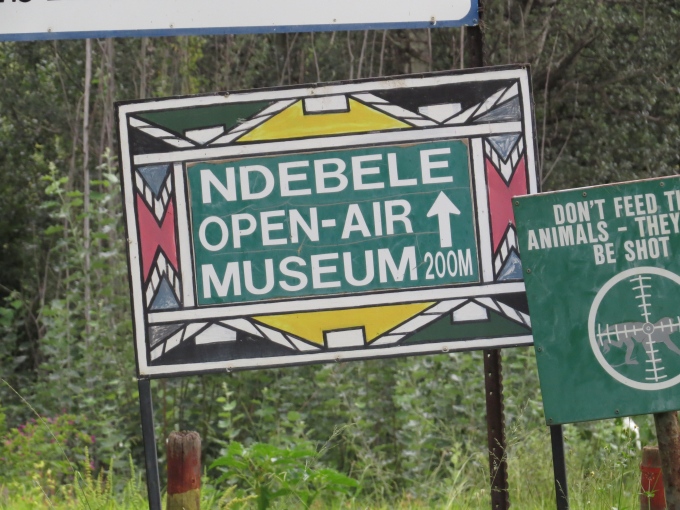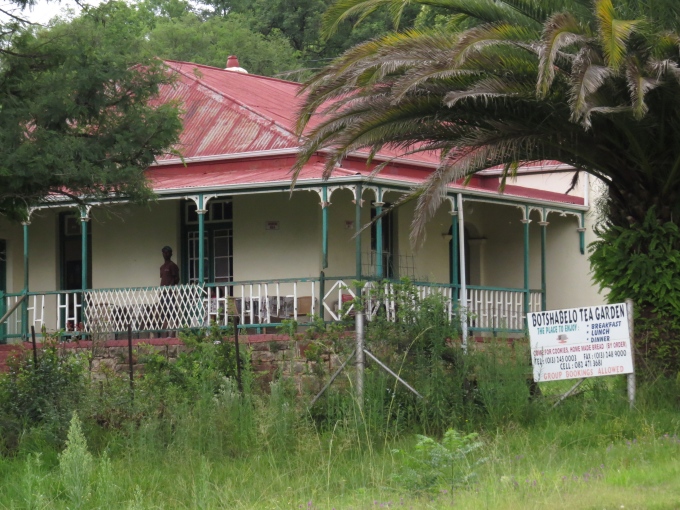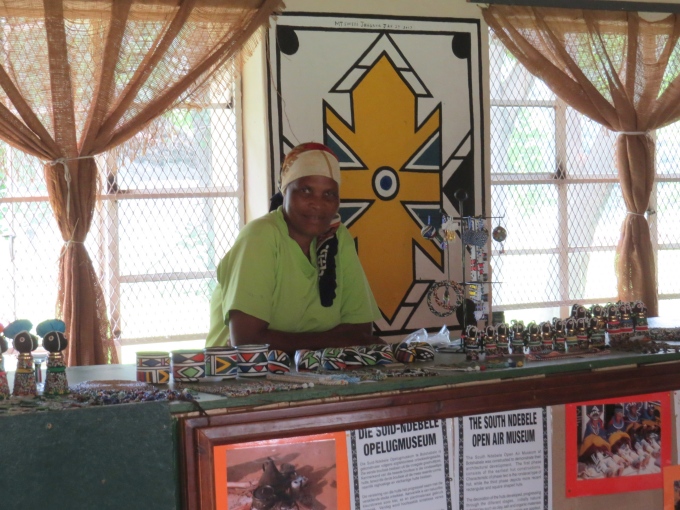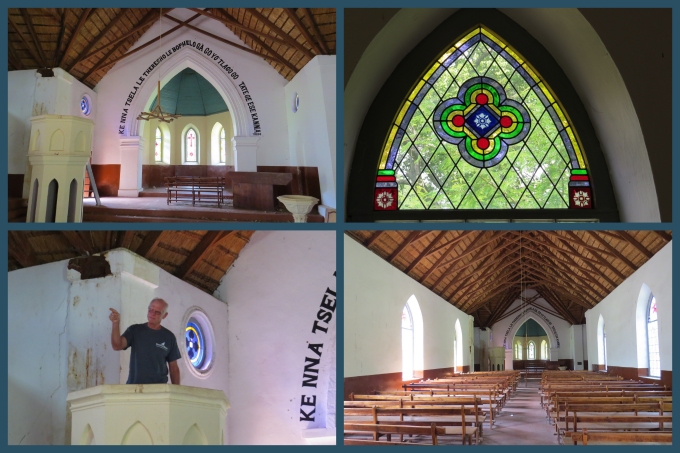Ndebele Cultural Village...or not
/We spent the night in Nelspruit, a pleasant little city, and planned our drive home. I'd seen pictures of Ndebele women with their bright clothing and rings around their long necks. I did a little research and found an opportunity to learn more at a cultural center that was pretty much on our route.

“At Botshabelo, you can walk through a Ndebele cultural village with its striking art work decorating the walls of the dwellings. The old mission station is a site of historical interest close to Middelburg in Mpumalanga.” That's what I read on the website and I was keen to visit a Ndebele village because of their unique and colorful culture. “Open air museum” and “geometry, art and history” conjured up images of wandering about the old mission and getting a glimpse of a working Ndebele village and its cultural heritage. Boy, were we ever led astray.
An old man collected our entrance fee and lifted the gate. We drove for several kilometers on a rough, gravel road and finally arrived at the ruins of the old mission station. Along the way we'd seen a hostel, but it had obviously not been used in a long time. Paint was peeling, windows were broken and parts of it were crumbling to the ground. We'd also seen a lovely old brick church, nestled in the midst of weeds and overgrown grasses. A sign on one building advertised it as a wedding venue and there was even an overgrown lot for wedding guest parking.
The Botshabelo Mission Station, meaning ‘place of refuge’, was established by the Reverend Alexander Merensky from the Berlin Mission Society during the 1860s as a haven for Christians and converted refugees. We parked near the old seminary building because we couldn't proceed any further in the car. A sign on the building was marked “Information”, but the door was locked. All of the old buildings were in various states of disrepair.
A sign prodded us onwards on foot towards the Ndebele Open Air Museum … only 200m. It was a rough path, all rutted with erosion. It led across a bridge over a dirty river. We passed some old ramshackle backpackers huts and approached the cultural village.
Oh, what a loss! Walls with brightly colored geometric designs for which the Ndebele are noted, were faded, but still there.
Beyond the walls, a warren of traditional huts still stood. We wandered around, pushing through the tall grass that had overtaken the village. Other than the structures themselves, there was not a sign of anything left.
We walked back to the car and decided to try the front door of the seminary. It was held shut with a large rock, but the door was unlocked. Inside, there were small, very old exhibits explaining a bit about the mission station and displaying a few Ndebele crafts.
The once-elegant Botshabelo tea garden looked to be appealing in its hey-day, but neglect had taken its toll. We could see people peeking from the windows, but no one came out to greet us.
We meandered along well-built stone walls that were sturdy and enduring despite their surroundings. Cows grazed and a woman suddenly appeared from one of the old buildings and hustled down the path towards the “curious” shop.
She opened the shop and beckoned us in. The pickings were slim; most shelves and display tables were bare. I purchased one of the traditional Ndebele dolls for R30 which seemed to please her. She posed for a picture.
We parked in the wedding guest lot and had our picnic lunch, then walked up to the old deserted church. It was dirty and the plaster was cracked. Some of the stained glass windows were broken and there was rain damage in places. In general though, a good clean-up, some basic repairs and a good mowing of the front lawn would have returned it to a lovely little country church. Like the well-built stone walls, it was enduring. Reverend David gave a brief, but stirring sermon.
Despite our disappointment over the abandoned cultural village, the few hours spent here were peaceful and enjoyable. Who'd have thought finding culture would be so difficult?











